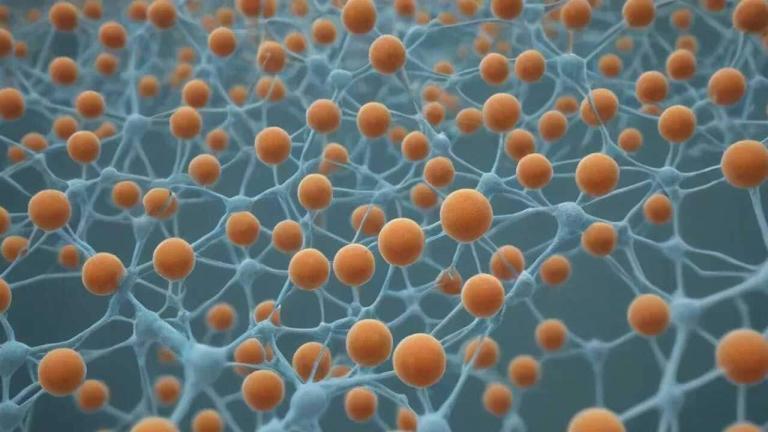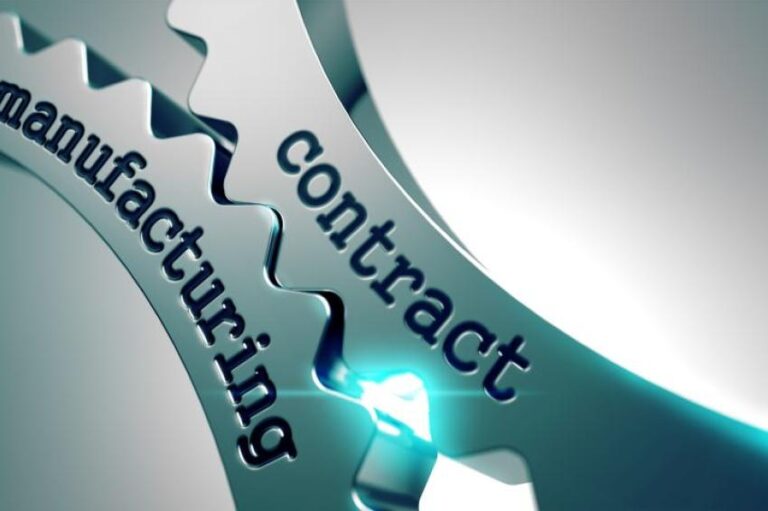
The collaboration between a pharmaceutical company and a CDMO typically commences with the development of a project proposal. This document plays a crucial role in defining the project’s scope and objectives. Much of the information contained in the proposal is derived from inquiries posed by the CDMO, and occasionally, the client may submit a specific request known as a Request for Proposal (RFP).
The process of crafting these proposals resembles storytelling without access to all the intricate details, which can potentially lead to challenges requiring adjustments or corrections as the project progresses.
To preempt such issues, CDMOs employ questionnaires to gather comprehensive information about the project. This approach not only aids in assessing the feasibility of the project but also empowers CDMOs to proactively propose strategies for mitigating delays and ensuring the seamless execution of the project.
Understanding the Role of the Questionnaire
Proposals or plans serve as guiding documents for both pharmaceutical companies and CDMOs. They outline the project’s objectives, scope, and all pertinent details, akin to mapping out a journey.
Initially, the CDMOs provide a set of questions or a questionnaire, not as a test, but as a means to collect essential information. This process resembles answering inquiries about the project. The thoroughness and completeness of these responses significantly impact the quality of the plan developed.
Think of the questions like a guide for your project. They point you in the right direction and make sure everyone understands. Even though each helper company might have a slightly different set of questions, they all want to understand your project.
Here’s the main rule: answer the questions like you’re telling a story. Start from the beginning and cover all the important details. This helps the helpers figure out if they can help with your project. It’s like making sure your car has the right fuel before a long trip.
Important Parts of the Questionnaire
Certain things in the questions are like must-haves for a good project plan. Safety Data Sheet (SDS) is the most important. It’s like giving the helpers a manual on how to safely handle your project’s materials. Next is the recipe for your project – the formulation information.
Then, there’s information about where to store the materials. Before they can start making your final product, the helpers need to know where and how to store the initial materials. It’s like making sure you have a safe place to keep your ingredients before you start cooking. Knowing the sizes and types of parts early on is also important, like having all your cooking tools ready before you start.
Stability Data and Testing
Stability data is like the extra nice thing – it’s good to have from the start, but it can wait a bit. This data helps plan the cost of testing or lab services. The early questions focus on important information for making your product, like formulation and storage conditions. The other part focuses on testing – the quality control (QC) stuff.
But there’s a trick – testing details might change as the project goes on. It’s like deciding to add or remove ingredients while you’re cooking. Companies should try to answer all the questions, but it’s okay to add some details later through changes or separate plans.
No Empty Spaces
Imagine the questions are a puzzle, and each question is a piece. Leaving empty spaces is like missing puzzle pieces. It confuses the helpers. Instead of leaving a blank, be clear about why you can’t answer. Write something like “I don’t know,” or “I’ll figure this out later,” or “I need to talk to someone else about this.”
By doing this, you give the person making the plan more space to work, like telling them, “Hey, I’m still figuring this part out, but I’ll get back to you soon.”
Key Elements of a Well-Structured Proposal
Now, let’s talk about a few important parts of a good proposal:
1. Strategy:
Think of this as the executive summary, kind of like the introduction. It shows the overall plan to solve problems and do the project. How much money and time is needed? Are there unique ideas that make the CDMO special? Without diving too deep into details, this part gives a clear and quick look at the CDMO and what it offers to the big decision-makers.
2. Scope:
This part talks about the plan step by step, like a treasure map. It explains how to reach the final goal of the project. It shows all the work details in a logical order, going through different stages to meet the goals. It gets into the technical stuff and program details, showing off the CDMO’s smartness and experience. It also mentions what will be given at the end, like documents or products. But it’s super important to define the project’s “scope” well because it affects how much money and time the project needs.
3. Schedule and Budget:
Here, we find out how long the project will take and how much money is needed. This part is like a superhero’s special move because it decides if the service provider wins or loses. The timeline and budget need to be just right. If the timeline is too fast or the budget is too low, it might sound like a big challenge, and winning the project becomes harder.
4. Supposition:
The whole proposal is like a house built on the belief that whatever the customer said is true and trustworthy. It’s crucial to clearly say what the project can and cannot do to keep the promises of time and money.
Making proposals is like a team effort, where the business and smart people work together. They have to finish it quickly, and it’s kind of an art based on science. The main goal is to make everyone happy – both the customer and the service provider. It’s like creating a win-win situation!
Explaining the Proposal Process
Let’s take a closer look at how proposals work. It all begins when a business development (BD) team receives inquiries. To spark more conversations, they send out questionnaires, much like casting a net to collect information. When the responses come back, it’s like receiving a letter full of clues. The team, including manufacturing, quality assurance, and lab experts, gathers to review it, making sure they have what they need for your project.
Crafting large project proposals takes time. It’s not as quick as making instant noodles; it’s more like slow-cooking a delicious stew. The team and the client might need multiple meetings to work out all the details. Picture it like making sure everyone agrees on the ingredients and cooking methods before the culinary adventure begins.
Working Together
Think of a proposal as a group project. It’s a joint effort to earn that A+. The teams and the client sit down to discuss the questionnaire responses. It’s like having a group meeting to ensure everyone grasps what needs to be done. This collaboration guarantees that the proposal encompasses everything your project craves.
Sometimes, it’s a bit like solving a puzzle. The client might be unsure about certain details – the equivalent of being uncertain about the recipe for their project. On the flip side, some clients provide every tiny detail, down to specifying exactly how much of each ingredient they want. Both scenarios work; the essential thing is for both parties to put their heads together. It’s like making sure the cake turns out perfect by filling in any knowledge gaps and planning the right studies.
Revisions and Legal Review
Most proposals undergo several rounds of changes before they reach their final form. It’s a bit like editing a draft until it’s just right. Both companies might see things differently when they see it all written down, reminiscent of reading a recipe and realizing you missed a step or used the wrong ingredient.
Legal teams also step into the picture to review proposals. It’s like having someone double-check your work to ensure everything is fair and square. Sometimes, a proposal needs tweaks for clarity or because the client needs to adjust their budget after seeing the costs. It’s a bit like revising your budget when you realize you’ve overspent on groceries.
People and Departments
In the realm of proposals, involving more people can lead to more opinions. Different departments and reviewers might have different ideas – much like trying to decide on toppings for a pizza when everyone has their favorite. To keep things running smoothly, it’s best if the same people who filled out the questionnaire are part of the meetings and revisions. It’s like having the same group decide on the pizza toppings to avoid a chaotic kitchen.
In essence, creating effective project proposals is akin to orchestrating a symphony. It requires harmony, collaboration, and a shared vision. The questionnaire is the sheet music, and the proposal is the symphony – a result of teamwork, careful planning, and a sprinkle of adaptability.
Conclusion
Developing successful project proposals with Contract Development and Manufacturing Organizations (CDMOs) is a very important task. It involves effective collaboration, clear communication, and attention to detail to ensure that all components harmonize seamlessly. Consider the questionnaire as your recipe, and the proposal as the finished dish. Maintain simplicity, clarity, and operate together with precision. Ultimately, the project proposal is an outcome of collective teamwork, strategic planning, and a touch of adaptability.






